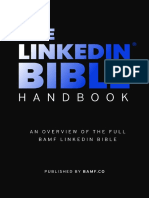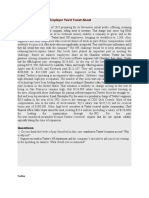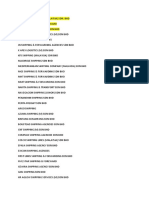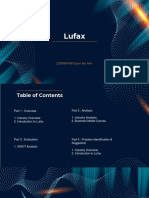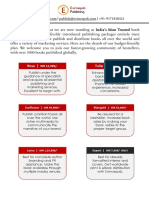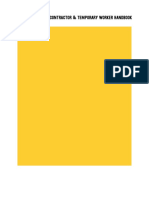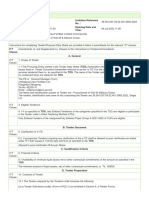0% found this document useful (0 votes)
31 views12 pagesSection 3 - 1
TOGAF is an enterprise architecture framework that defines a method for developing an enterprise architecture. It includes the Architecture Development Method (ADM) which provides a process for addressing business requirements and developing architecture views to communicate concepts. TOGAF also defines an Enterprise Architecture Continuum taxonomy and a TOGAF Foundation Architecture reference model. Principles are important in TOGAF and may be defined at the enterprise, IT, or architecture level. Good principles should be understandable, robust, complete, consistent, and stable.
Uploaded by
Abo baker HassanCopyright
© © All Rights Reserved
We take content rights seriously. If you suspect this is your content, claim it here.
Available Formats
Download as PDF, TXT or read online on Scribd
0% found this document useful (0 votes)
31 views12 pagesSection 3 - 1
TOGAF is an enterprise architecture framework that defines a method for developing an enterprise architecture. It includes the Architecture Development Method (ADM) which provides a process for addressing business requirements and developing architecture views to communicate concepts. TOGAF also defines an Enterprise Architecture Continuum taxonomy and a TOGAF Foundation Architecture reference model. Principles are important in TOGAF and may be defined at the enterprise, IT, or architecture level. Good principles should be understandable, robust, complete, consistent, and stable.
Uploaded by
Abo baker HassanCopyright
© © All Rights Reserved
We take content rights seriously. If you suspect this is your content, claim it here.
Available Formats
Download as PDF, TXT or read online on Scribd
/ 12

